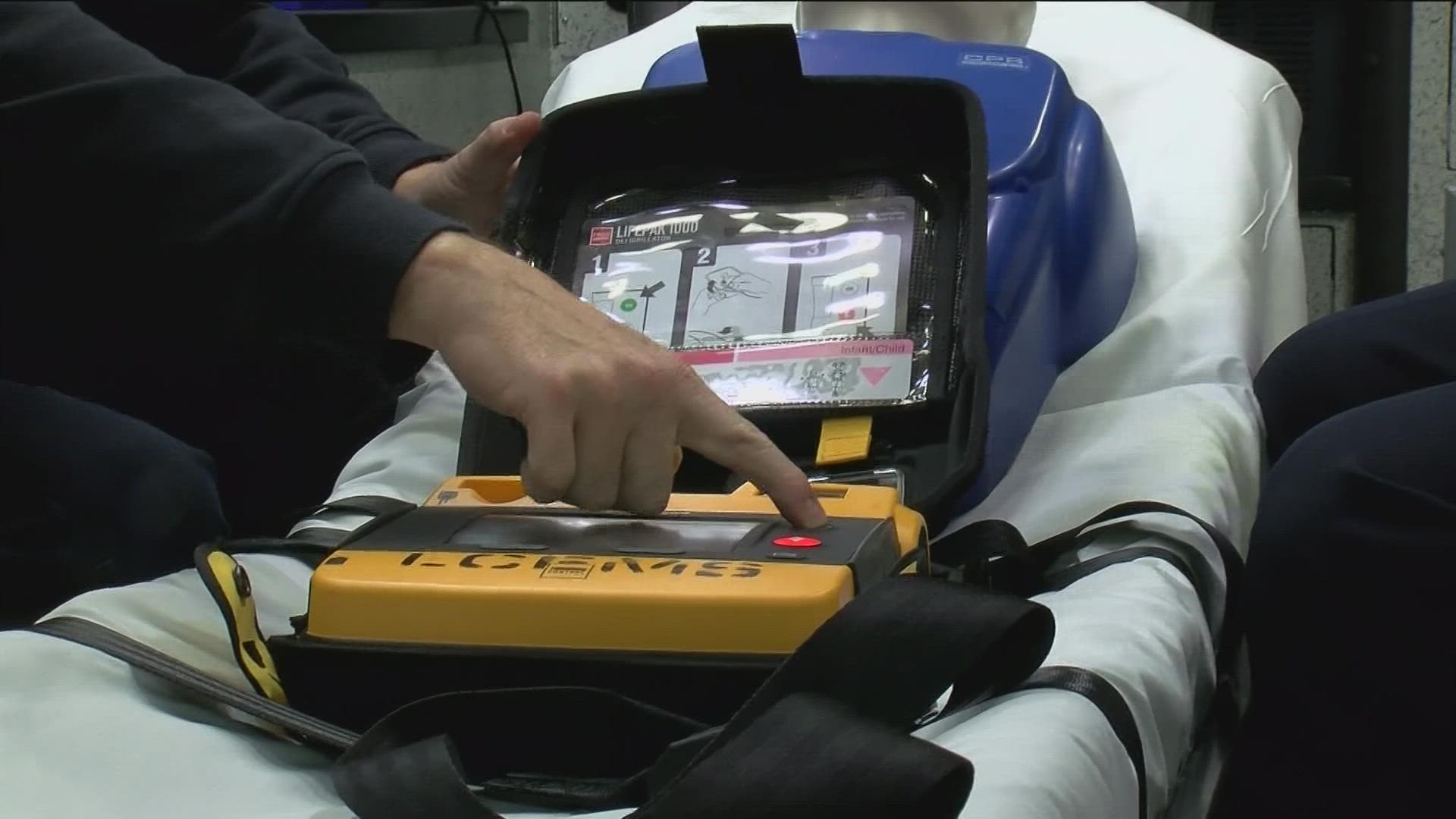WHITEHOUSE, Ohio — As a sophomore on Anthony Wayne High School's basketball team, Aiden Schmenk was at practice like usual. But one minute, he started feeling light-headed.
"I actually felt like I was going to pass out," Schmenk, now a senior, recalled. "I went to the trainers and started turning yellow. It was a really scary situation."
He was diagnosed with a pulmonary venous return, a heart defect affecting one of the arteries. For a short period, he wore heart-monitoring equipment to track his rhythm. Fortunately, he avoided surgery and continues to play sports like normal.
"I just have to make sure I'm staying more hydrated than the average person," Schmenk said. "It sometimes gets scary when I feel light-headed, but it's not really as much of an issue as it was in previous years."
Schmenk and his head coach, Josh Arthur, were both watching Monday Night Football when they saw Buffalo Bills safety Damar Hamlin collapse following a cardiac arrest.
That incident only reinforces the emphasis on player safety, Arthur said.
"All of our coaches get together at the beginning of the year and talk about safety," Arthur said. "What are we going to do? What's going to happen? Where is our focus? Where is our AED machine?"
Over at the Whitehouse Fire Department, Lieutenant Kelly Norris said the department goes through regular CPR and defibrillator training to be prepared for situations just like the one in Cincinnati on Monday night.
The quick work first responders did was likely the difference between life and death, Norris said.
"That early part was incredibly critical," he said. "The most important thing we can do for anybody that's in cardiac arrest is immediate CPR, immediate chest compressions. He was possibly in life-threatening arrhythmia so that AED would've brought him out that that life-threatening arrhythmia."
Norris said anyone can operate an AED, which uses audio instructions to guide a person through use. The devices are located at schools, churches and other public places.
Norris said everyone should download the app PulsePoint AED, which has a registry of AEDs on the map. In some cases, a person may be able to locate and use an AED faster than first responders can arrive to apply it.

